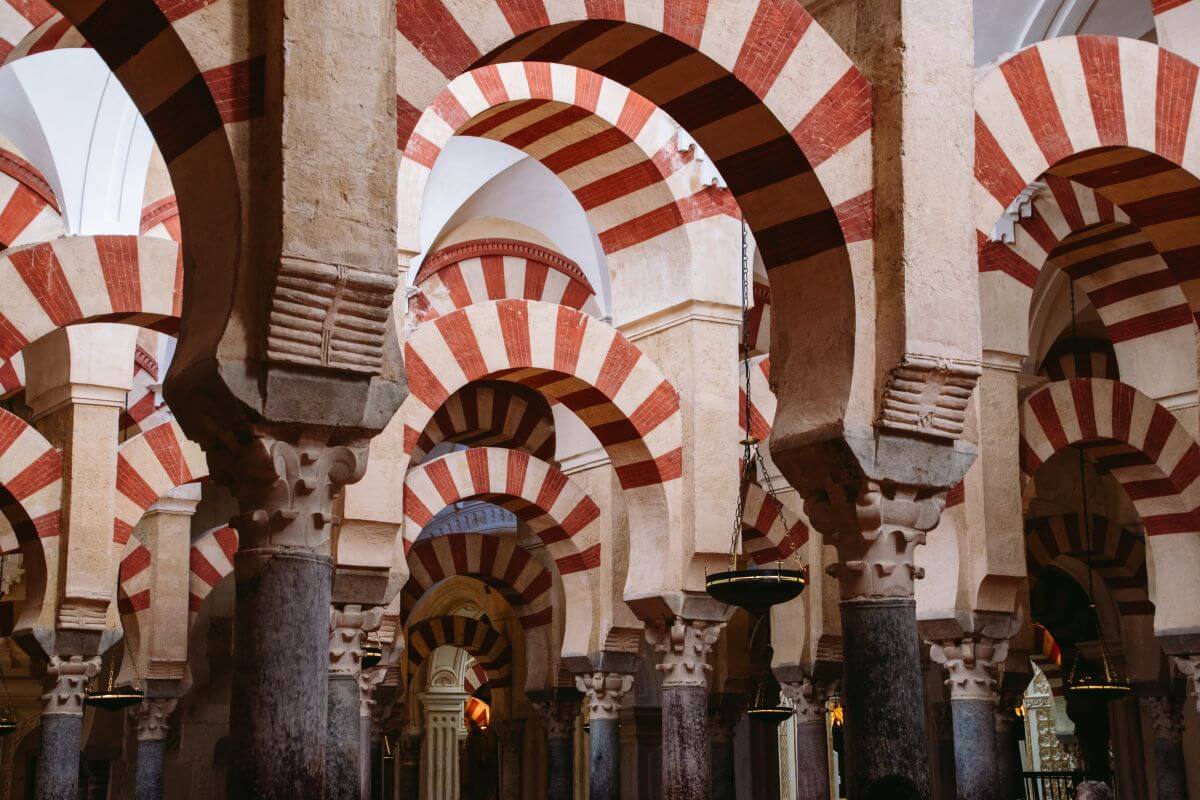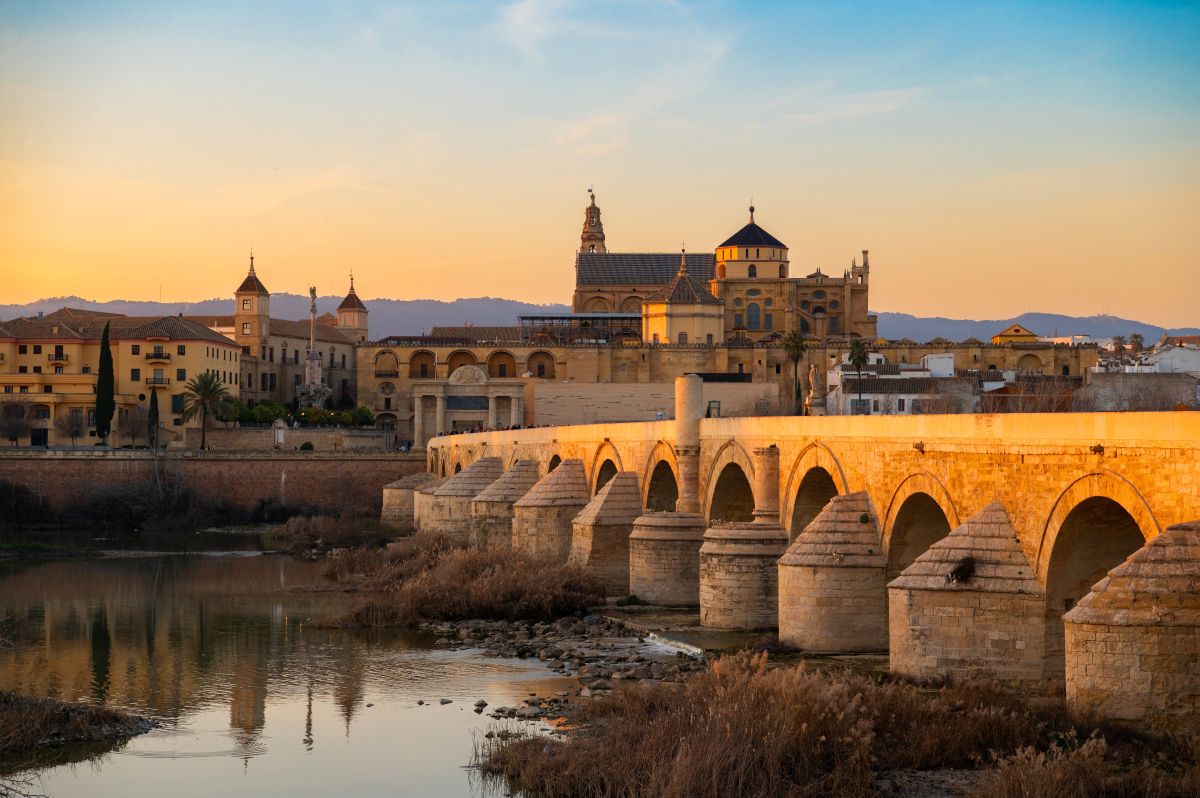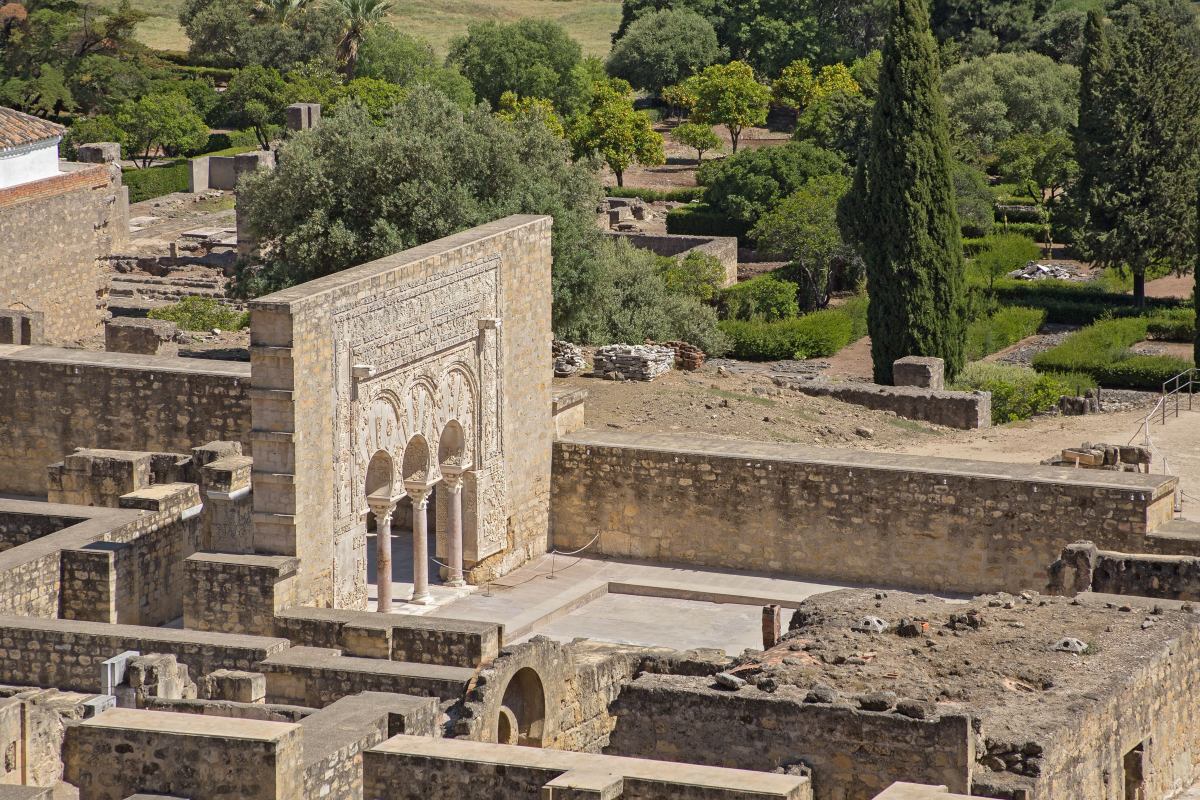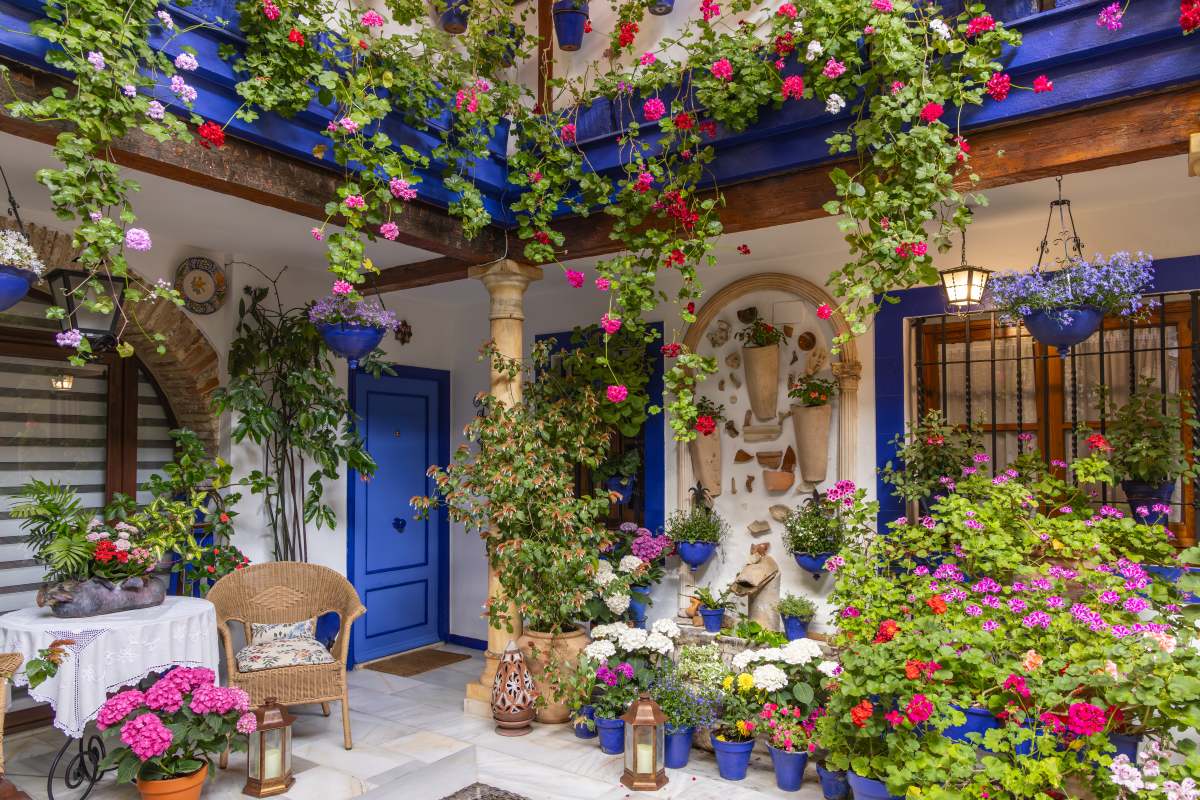Contenidos
“Heritage is the legacy we inherit from the past, live with today, and pass on to future generations.” This definition by the United Nations Educational, Scientific and Cultural Organization (UNESCO) is the foundation upon which the organization grants World Heritage status to those sites that must be protected for their exceptional cultural or natural value, which it calls “an irreplaceable source of life and inspiration.” With this in mind, it is no surprise that Córdoba has been awarded four UNESCO World Heritage designations.
With such cultural and monumental wealth, Córdoba is a truly unique city — the only one in the world with four World Heritage sites, surpassing even Rome and Paris. A millennia-old city, a place of coexistence between cultures and the birthplace of key figures in world history, Córdoba is a historical and architectural jewel and a privilege to visit.
Mosque–Cathedral of Córdoba
Dating back to the year 786, the Mosque–Cathedral was the first of Córdoba’s sites to be recognized by UNESCO as a World Heritage Site, an honor it received in 1984. It remains the city’s most iconic landmark.
Its Muslim origins are reflected in its Mudejar art and its impressive marble and granite columns — over 800 in total — supporting its distinctive red-and-white horseshoe arches. The sheer beauty and vastness of the space leave visitors speechless, as does the fusion of Islamic and Christian architecture. Although originally a Muslim place of worship, the mosque was converted into a Christian cathedral after the Reconquista (13th century) and still serves today as the Cathedral of Our Lady of the Assumption.
At the center of the former mosque lies the Main Chapel, home to the cathedral’s altar, while the current Bell Tower stands where the original minaret once rose.

Historic Center of Córdoba
Ten years later, in 1994, UNESCO awarded Córdoba its second World Heritage designation — this time for the entire urban area surrounding the Mosque–Cathedral.
The historic center of Córdoba is filled with remnants of the many cultures that have inhabited the city over the centuries. Roman bridges, Christian alcázars, Arab baths, and a Jewish synagogue all form part of Córdoba’s living heritage.
Its streets and alleyways form a labyrinth ready to be explored: the Villa, within the Roman walled enclosure and the site of the old Muslim medina; the Axerquía, originally the Muslim suburbs later resettled by Christians from across the Kingdom of Castile; and the Jewish Quarter, with its maze of narrow streets and cul-de-sacs.

Medina Azahara
Córdoba’s fourth UNESCO designation is the archaeological site of Medina Azahara, located about 8 kilometers outside the city. Recognized in 2018 for its outstanding historical, artistic, and cultural value, Medina Azahara is one of the great treasures of Islamic influence in the Iberian Peninsula during the Middle Ages.
Its construction began in the year 936, commissioned by Abd al-Rahman III to symbolize the grandeur of the Caliphate of Córdoba. Conceived as a palatial city within fortified walls, it housed the seat of government and the royal residence. Though abandoned over time, today it stands as an impressive archaeological site that allows us to appreciate the splendor Córdoba once enjoyed — and justifies its distinction as the city with the most UNESCO World Heritage designations in the world.

Festival of the Patios of Córdoba
In 2012, the Festival of the Patios of Córdoba was inscribed as Intangible Cultural Heritage of Humanity. This tradition is one of the city’s main cultural and tourist attractions — its most internationally celebrated festival — filling Córdoba with vibrant colors and intoxicating fragrances.
During the festival, residents open their patios to the public, showcasing spaces adorned with plants, flowers, tiles, fountains, and other decorative elements. Walking through the historic center becomes a feast for the senses — not only for the eyes but also for the nose, with the scent of jasmine and orange blossom, and for the ears, with live flamenco performances filling the streets.
Visitors also take advantage of May to savor Córdoba’s cuisine. And if you add the soothing touch of a massage at one of the city’s Arab baths, you complete the most pleasurable experience — because after a long day wandering from patio to patio, you deserve a break. Relax at Hammam de Córdoba to discover yet another legacy of the city’s Muslim past.

FAQs
How many World Heritage sites does Córdoba have?
UNESCO has granted Córdoba four World Heritage designations: the Mosque–Cathedral, its historic center, Medina Azahara, and the Festival of the Patios.
Why is Córdoba a World Heritage City?
Córdoba is the world leader in the number of World Heritage designations. The Andalusian city boasts four UNESCO recognitions thanks to its archaeological site of Medina Azahara, its historic center, its mosque–cathedral, and its traditional Festival of the Patios.

